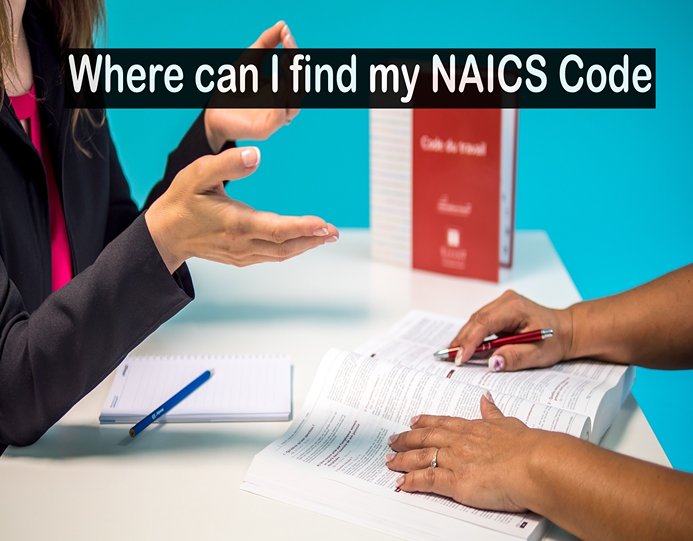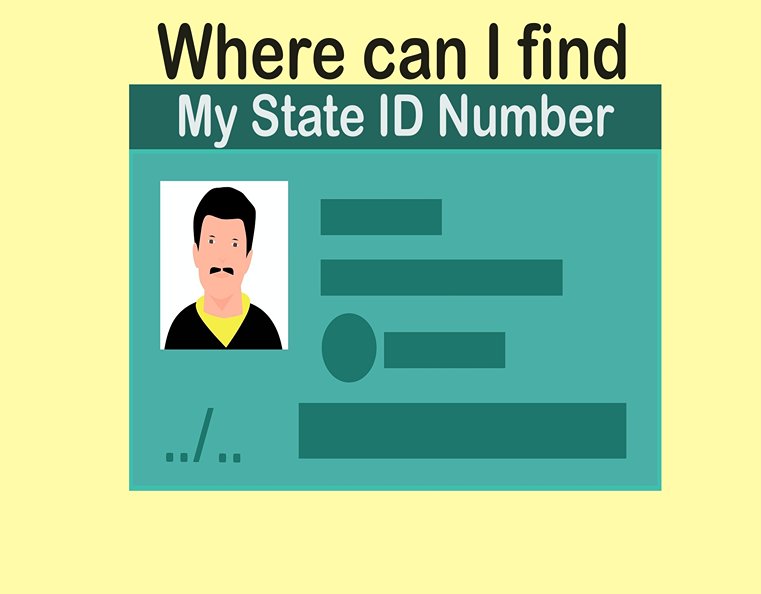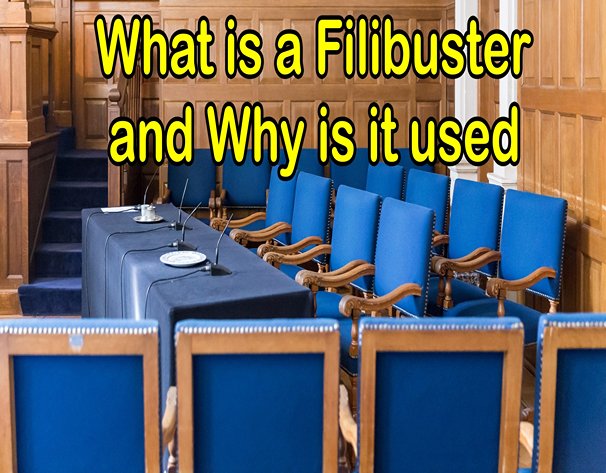Certificate of Insurance Sample PDF – Certificate Insurance Request
A Certificate of Insurance is a document that serves as proof of insurance coverage for a specific individual or entity. It is typically issued by an insurance company or broker and provided to a third party who may require evidence of insurance coverage, such as a landlord, a lender, or a government agency. Certificate of Insurance Sample PDF – Certificate Insurance Request
The certificate usually includes information about the insurance policy, such as the name and address of the insured, the type of coverage, the policy limits, and the effective and expiration dates of the policy. Additionally, it may include the name and contact information of the insurance company or broker issuing the certificate.
Certificates of Insurance can be requested for various reasons. For example, a landlord may require a tenant to provide a certificate of insurance as proof that they have liability insurance in case someone is injured on the rental property. A contractor may also be required to provide a certificate of insurance before starting a project to demonstrate that they have adequate insurance coverage in case of accidents or damages.
It’s important to note that a Certificate of Insurance is not the same as an insurance policy. It is simply a summary of the policy that provides evidence of coverage. The certificate does not amend, extend, or alter the terms of the insurance policy and is not a guarantee that a claim will be covered. Certificate of Insurance Sample PDF – Certificate Insurance Request
A Certificate of Insurance is a document that verifies the existence of an insurance policy and provides information about the coverage to a third party. It is a valuable tool for individuals and organizations to demonstrate proof of insurance coverage in various situations.
Types of Certificates of Insurance: There are two types of certificates of insurance: the ACORD certificate and the non-ACORD certificate. The ACORD certificate is the most commonly used and follows a standard format developed by the Association for Cooperative Operations Research and Development (ACORD). The non-ACORD certificate is a customized document that can be created by an insurance company or broker.
Who can request a Certificate of Insurance: Anyone who needs to verify insurance coverage can request a Certificate of Insurance. This can include landlords, lenders, contractors, government agencies, and others. In some cases, the insurance company or broker may charge a fee for providing a certificate.
Importance of accuracy: It’s important to ensure that the information on the Certificate of Insurance is accurate and up-to-date. Any errors or omissions could result in a claim being denied or coverage being invalidated. It’s a good idea to review the certificate carefully and contact the insurance company or broker if there are any inaccuracies.
Limitations of Certificates of Insurance: As mentioned earlier, a Certificate of Insurance does not amend, extend, or alter the terms of the insurance policy. It’s also not a guarantee that a claim will be covered. The certificate only provides evidence of insurance coverage at a specific point in time. Any changes to the policy after the certificate is issued may not be reflected on the certificate.
Required information: A Certificate of Insurance typically includes the name and address of the policyholder (insured), the name of the insurance company providing coverage, the policy number, the effective and expiration dates of the policy, and a description of the type and amount of insurance coverage provided.
Additional Insured: Sometimes a Certificate of Insurance will include an “Additional Insured” endorsement. This means that the policyholder has added another person or entity to their policy, extending the coverage to them. The additional insured will also be named on the Certificate of Insurance. Certificate of Insurance Sample PDF – Certificate Insurance Request
Proof of Coverage: A Certificate of Insurance is often used as proof of insurance coverage when applying for permits, licenses, or contracts. For example, a contractor may be required to provide a Certificate of Insurance when bidding on a job or when applying for a building permit.
Verification of Coverage: The entity requesting a Certificate of Insurance may also verify the information provided on the certificate by contacting the insurance company directly. This is known as a “certificate holder inquiry.” The insurance company will confirm the information on the certificate and provide additional details if necessary.
Limitations on Certificate Holders: It’s important to note that a Certificate of Insurance is not a contract between the insurance company and the entity requesting the certificate. The certificate holder does not have the same rights and protections as the policyholder. The certificate holder may only be able to claim against the policy if they are specifically named in the policy or if they have a legal relationship with the policyholder.
Special endorsements: In addition to the basic information about the policy, a Certificate of Insurance may also include special endorsements or conditions that apply to the policy. These endorsements may include additional coverage or exclusions to the policy.
Waivers of subrogation: A Certificate of Insurance may also include a waiver of subrogation. This means that the policyholder has waived their right to recover damages from a third party in the event of a loss. For example, if a contractor causes damage to a building during a construction project, the owner may waive their right to sue the contractor in exchange for the contractor’s insurance company paying for the damages. Certificate of Insurance Sample PDF – Certificate Insurance Request
Certificates for different types of insurance: Certificates of Insurance can be issued for different types of insurance policies, including liability insurance, property insurance, workers’ compensation insurance, and others. Each type of policy will have its own specific information that needs to be included on the certificate.
Electronic certificates: In today’s digital age, many insurance companies and brokers are providing electronic certificates of insurance. These electronic certificates are typically provided in PDF format and can be easily shared and stored electronically.
Renewal certificates: If a policy is renewed or extended, a new Certificate of Insurance may need to be issued to reflect the updated policy information. It’s important to ensure that the new certificate is provided to any parties who require proof of insurance coverage.
Endorsements and exclusions: A Certificate of Insurance may also include information about any endorsements or exclusions that apply to the policy. Endorsements are additions to the policy that provide additional coverage, while exclusions are provisions that limit or exclude coverage for certain types of claims. Certificate of Insurance Sample PDF – Certificate Insurance Request
Retroactive coverage: In some cases, a Certificate of Insurance may provide retroactive coverage, which means that the policy provides coverage for events that occurred prior to the effective date of the policy. This type of coverage is typically added through an endorsement to the policy.
Additional insured status: As mentioned earlier, a Certificate of Insurance may include information about additional insured status. This means that the policyholder has extended coverage to another person or entity. The additional insured may be required to pay an additional premium to the insurance company.
Blanket additional insured coverage: In some cases, a policyholder may extend coverage to multiple parties under a blanket additional insured endorsement. This means that any party who meets the requirements of the endorsement is automatically covered under the policy. This type of coverage is commonly used in the construction industry.
Required by contract: In many cases, a Certificate of Insurance is required by contract. For example, a landlord may require a tenant to provide a Certificate of Insurance that names the landlord as an additional insured on the tenant’s liability policy.
Limitations of coverage: It’s important to understand that a Certificate of Insurance does not guarantee that a claim will be covered. The insurance policy itself contains the specific terms and conditions of coverage, and it’s important to review the policy carefully to understand any limitations or exclusions that may apply.
Certificates of Insurance provide proof of insurance coverage to third parties and can include information about endorsements, exclusions, additional insured status, and retroactive coverage. They are often required by contract and should be reviewed carefully to ensure that the information is accurate and up-to-date. It’s important to remember that a Certificate of Insurance does not guarantee coverage, and it’s essential to review the policy itself for specific terms and conditions. Certificate of Insurance Sample PDF – Certificate Insurance Request













